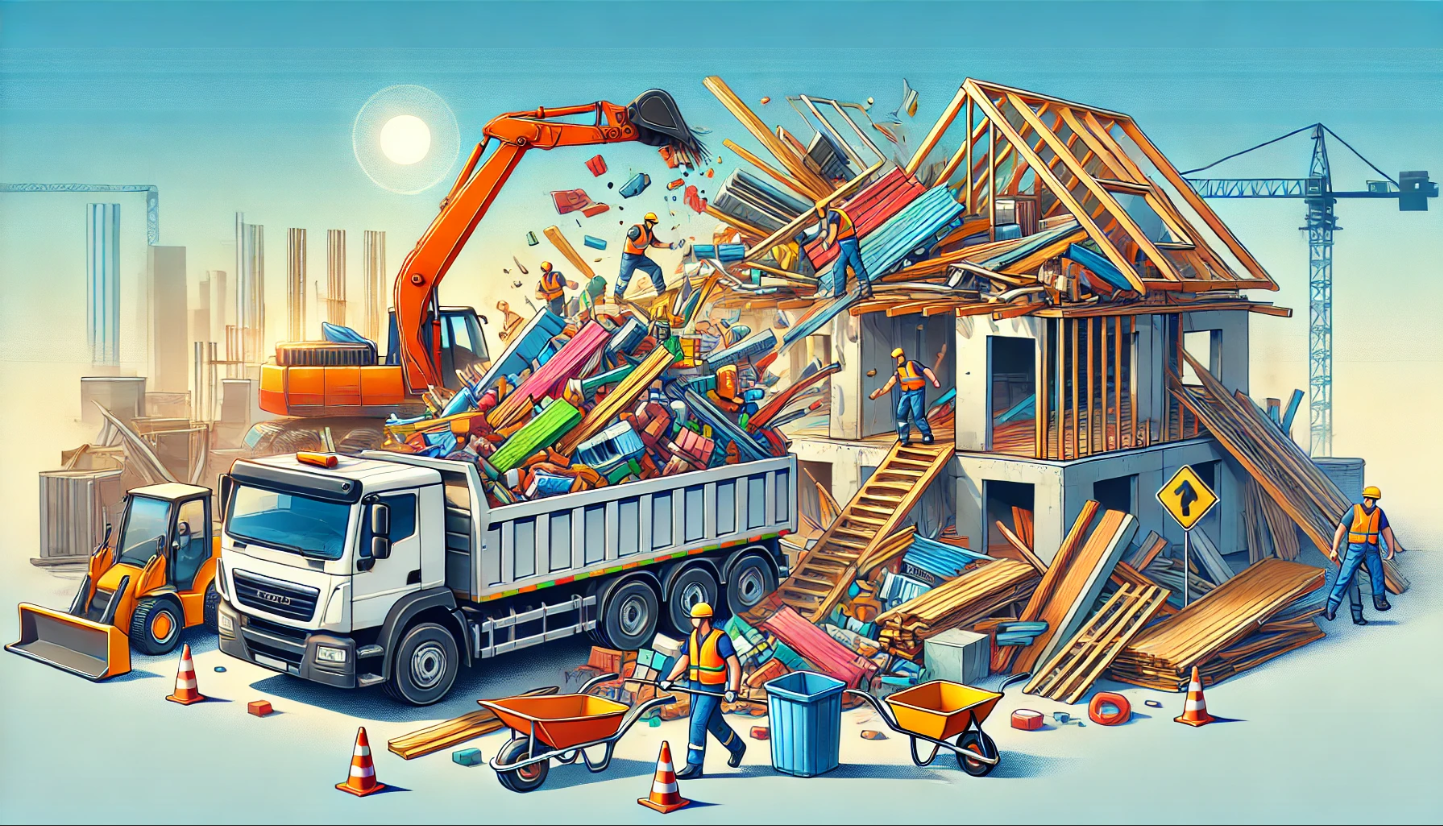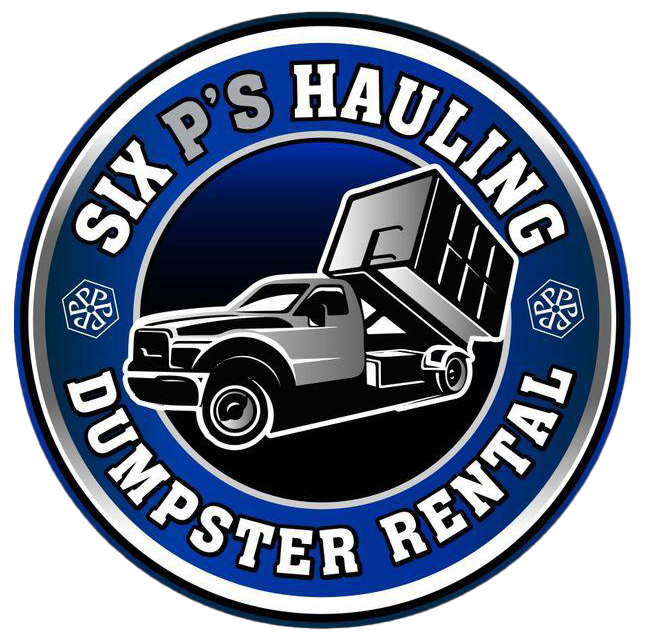
Construction Debris Removal – Efficient Solutions for a Cleaner Worksite
Construction projects, whether a small renovation or a large build, often leave behind a significant amount of debris. Piles of wood, concrete, drywall, and metal can quickly turn your worksite into a hazard. Efficient construction debris removal keeps your project on track, ensures safety, and reduces environmental impact. This guide will help you explore effective debris removal strategies, eco-friendly disposal options, and tips for hiring professional services.
Why Construction Debris Removal is Important
Proper debris removal is more than just tidying up—it’s essential for the success and safety of your project.
- Improves Safety: Reduces the risk of accidents caused by tripping or heavy materials.
- Keeps Projects on Schedule: A clean site ensures productivity isn’t interrupted.
- Supports Sustainability: Recycling construction materials minimizes environmental impact.
- Ensures Compliance: Adhering to local regulations prevents fines and legal issues.
Steps for Effective Construction Debris Removal
1. Create a Waste Management Plan
- Identify the types and quantities of debris your project will generate.
- Allocate areas for sorting materials like metals, wood, and trash.
2. Sort and Separate Debris
- Use labeled bins to separate recyclable, reusable, and non-recyclable materials.
- Ensure hazardous materials are handled and stored separately.
3. Choose the Right Disposal Method
- Recycle: Take recyclable materials like metal and concrete to local facilities.
- Donate: Salvage usable materials, such as wood or fixtures, for donation.
- Dispose Properly: Use a landfill for non-recyclable items, following regulations.
4. Schedule Regular Cleanups
- Arrange for frequent debris removal to keep your site clear and organized.
5. Hire a Professional Service
- Partner with construction debris removal companies for larger projects.
- Look for providers offering eco-friendly practices.
Common Types of Construction Debris
| Type of Debris | Examples | Disposal Options |
|---|---|---|
| Wood | Lumber, pallets, framing materials | Reuse, recycling, landfill |
| Concrete and Asphalt | Broken slabs, road materials, bricks | Crushed for reuse, recycling centers |
| Metals | Steel, aluminum, copper | Scrap yards, recycling facilities |
| Drywall | Plasterboard, sheetrock | Specialized recycling centers |
| Hazardous Waste | Paints, adhesives, solvents | Hazardous waste disposal facilities |
Eco-Friendly Construction Debris Removal
Sustainability is becoming a key focus in construction. Here’s how to incorporate eco-friendly practices:
1. Recycle Materials
- Metals, wood, and concrete can often be reused in future projects.
2. Repurpose Salvaged Items
- Doors, fixtures, and even bricks can be donated or repurposed.
3. Compost Yard Waste
- Organic materials like soil and vegetation can be composted or mulched.
4. Work with Green Services
- Choose junk removal companies that prioritize recycling and sustainability.
How to Choose the Right Debris Removal Service
1. Check Experience
- Look for companies experienced in construction site cleanups.
2. Verify Recycling Practices
- Ensure they work with local recycling facilities.
3. Compare Costs
- Get multiple quotes to find competitive pricing.
4. Confirm Licensing and Insurance
- Protect yourself by hiring licensed and insured providers.
5. Read Reviews
- Look for positive testimonials from other construction professionals.
FAQs About Construction Debris Removal
1. What materials can be recycled from construction debris?
Metals, concrete, wood, and drywall are commonly recyclable.
2. How do I handle hazardous construction waste?
Hazardous materials like paint and solvents require specialized disposal services.
3. Should I rent a dumpster or hire a removal service?
Rent a dumpster for ongoing projects, and hire a removal service for one-time cleanouts.
4. Can I donate leftover construction materials?
Yes, many charities and organizations accept materials like doors, wood, and fixtures.
5. How do I estimate the cost of debris removal?
Costs depend on the volume, type of materials, and disposal methods. Request quotes for accurate pricing.
